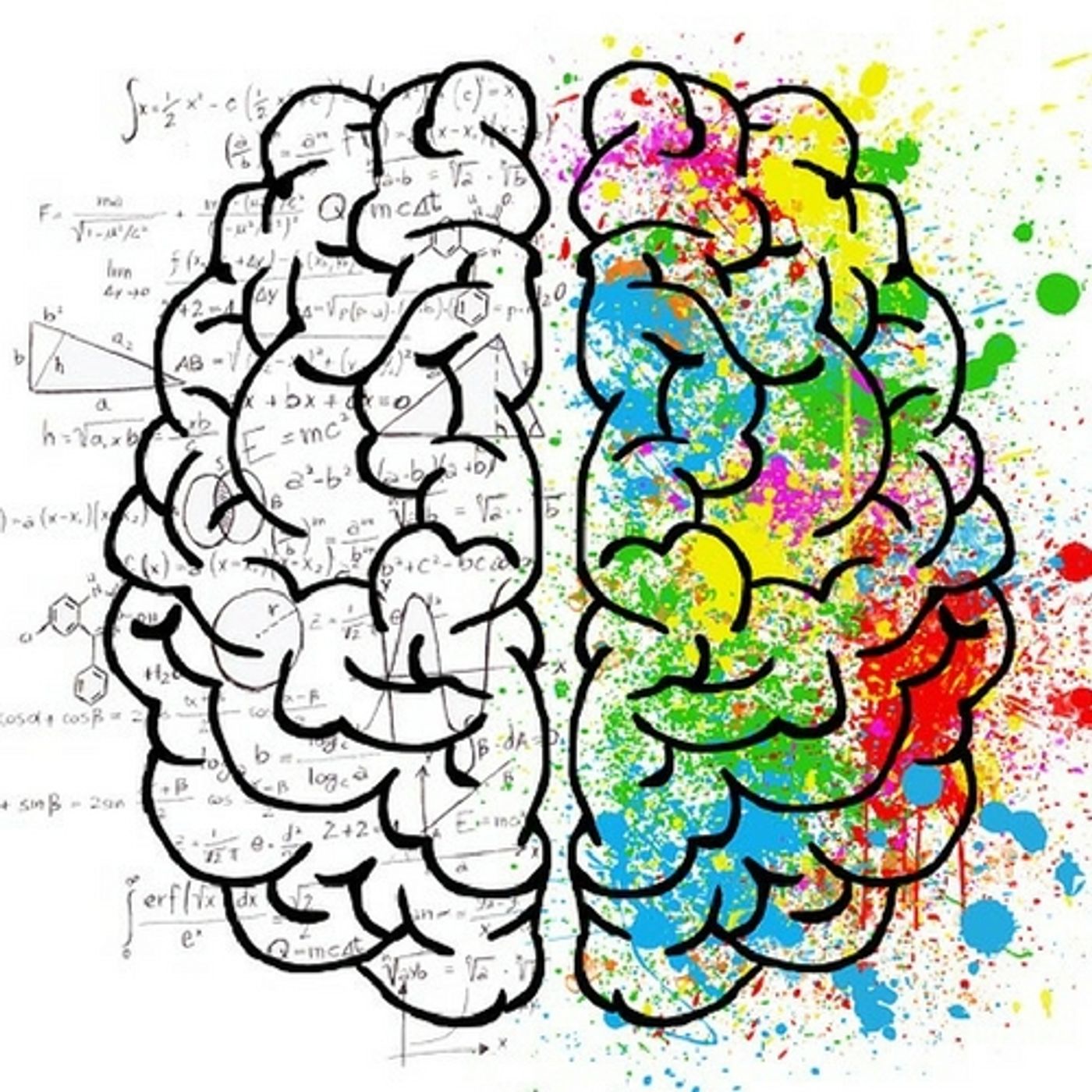Seeing The Brain Process a Thought in Real Time
Have you ever said to someone, “What were you thinking?” Research from UC Berkeley neuroscientists may soon be able to answer that, with recordings in real time of what happens in the brain when a person has a thought.
The study began with researchers asking participants to complete a simple task of repeating a word they had seen or heard. The results of the study are due to the method the team used. In some neuroscience research, functional MRI (fMRI) scans are done conducted while a patient is completing a task. These scans can capture some brain activity but are not always precise enough. EEG scans are also used, but they too have limitations in what kind of brain activity can be picked up.
The UC Berkeley researchers used electrocorticograhy (ECoG). This process is exact, because of how it works. It requires epilepsy patients who are undergoing serious brain surgery where the skull is opened, to volunteer to have hundreds of electrodes placed in the brain to pick up electrical activity in the outer layer of the brain, called the cortex. This is where thoughts and actions begin. Being able to record and analyze brain activity directly from the source is a significant step in research.
When the patients were asked to repeat a word that was presented, the recordings showed that the visual and auditory cortices reacted first, to perceive what the word was. After that, the activity proceeded to ramp up in the pre-frontal cortex to interpret the meaning of the word and then signals showed up in the motor cortex, which is the region of the brain that controls response and movement. It all happens pretty fast as well, and the researchers found that in just the half a second between stimulus and response, it was the prefrontal cortex that was the hub of all the action, showing electrical signaling during the entire task as if directing other areas of the brain to act.
In a more difficult test, like being shown a word and asked to think of a word that was the opposite, the response time was longer, but again, the prefrontal cortex was like an orchestra conductor, getting other areas of the brain involved to complete the task. The researchers could even see that the brain started signaling the motor cortex even before it could have determined the correct response, which might be the mechanism behind those awkward moments when someone says something without really thinking it through.
Study co-author Robert Knight, who is a professor of psychology and neuroscience at UC Berkeley as well as a professor of neurology and neurosurgery at UC San Francisco explained, “These very selective studies have found that the frontal cortex is the orchestrator, linking things together for a final output. Here we have eight different experiments, some where the patients have to talk and others where they have to push a button, where some are visual and others auditory, and all found a universal signature of activity centered in the prefrontal lobe that links perception and action. It’s the glue of cognition.”
The two short video clips below show what the team was able to see in two tasks. It’s quite amazing to see how the brain works, as it happens.
Sources: UC Berkeley, Journal article, Nature, Human Behavior, Knight Lab









